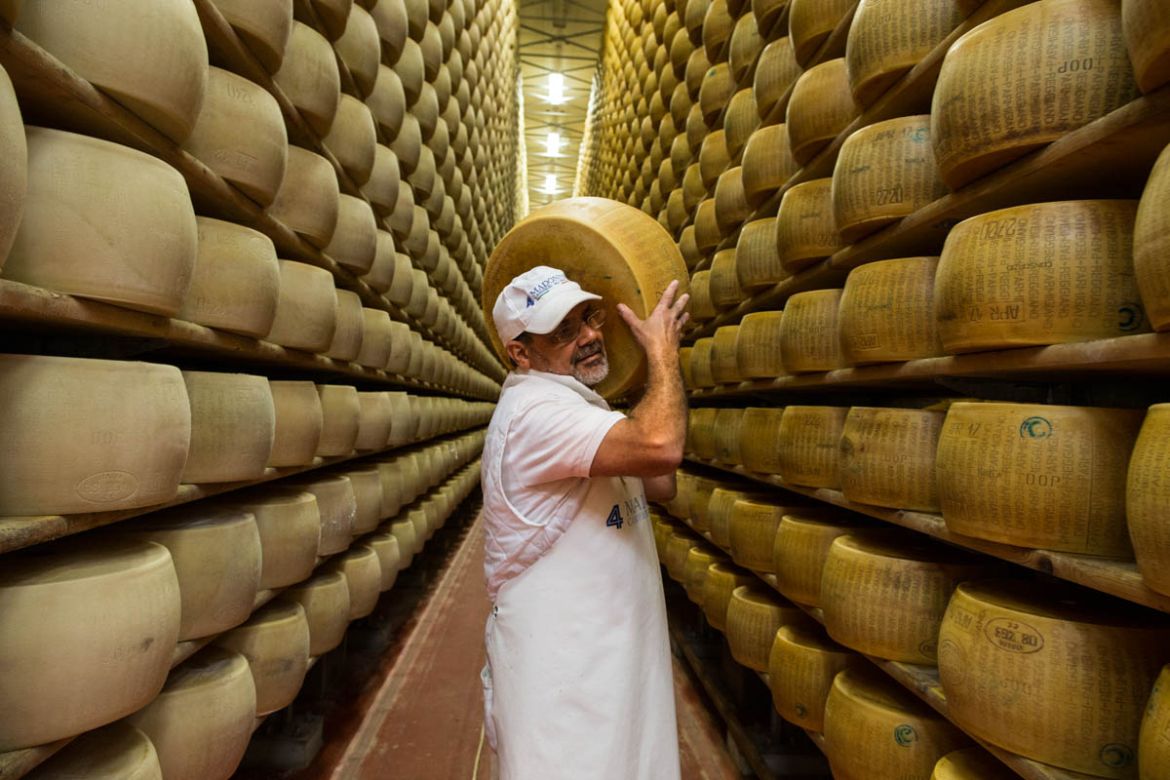From Thomastown to Your Table: The Quality of Floridia Cheese Melbourne
From Thomastown to Your Table: The Quality of Floridia Cheese Melbourne
Blog Article
Unlocking the Secrets of Artisanal Cheese Making: A Detailed Do It Yourself Guide
In the realm of culinary workmanship, artisanal cheese making stands as a testament to the fragile balance between practice and development. As we get started on this journey to debunk the art of developing elegant cheeses, we are encountered with a tapestry of abilities and keys waiting to be deciphered.
Picking the Right Milk
When beginning on the journey of artisanal cheese making, the choice of milk plays a vital function in determining the high quality and features of the end product. The sort of milk chosen affects the taste, texture, and overall account of celebrity. Raw milk, straight from the pet, is preferred by lots of artisanal cheesemakers due to its one-of-a-kind mix of enzymes, microorganisms, and taste substances. Utilizing raw milk comes with guidelines and threats, making sterilized milk a much safer option for novices.
Furthermore, the source of the milk, whether from cows, goats, sheep, or buffalo, contributes distinctive flavors and attributes to the cheese. Each kind of milk brings its very own subtleties, enabling for a vast variety of cheese ranges to be crafted based on the chosen milk.
Culturing and Coagulating
To start the cheese-making process, the critical steps of culturing and coagulating have to be very carefully executed to transform milk into curds and whey. Culturing involves introducing helpful bacteria to the milk, which then begins the fermentation process. These microorganisms transform lactose (milk sugar) into lactic acid, producing the acidic atmosphere required for coagulation. The kind of culture used can considerably affect the flavor, texture, and ripening of the last cheese product.

The timing and temperature level control during culturing and coagulation are crucial elements that affect the last outcome of celebrity. Appropriate execution of these actions is necessary to guarantee the preferred appearance, taste, and consistency of the artisanal cheese being generated.
Draining and Pressing Curds
After the milk proteins have coagulated and the curds have actually been cut to release whey, the next critical action in artisanal cheese making includes draining pipes and pressing the curds to accomplish the wanted structure and consistency of the final cheese product. Draining pipes is the process of dividing the curds from the whey. This can be done by moving the curds right into a cheesecloth-lined colander or mold and enabling the whey to drain pipes off naturally. The time for draining pipes can vary depending on the kind of cheese being made and the preferred dampness material.
Pushing assists get rid of any type of staying whey and compacts the curds to create a solid cheese wheel. Correct draining and pressing are critical actions that dramatically look at this site affect the high quality and qualities of the artisanal cheese being generated.
Aging and Flavor Methods
Implementing careful aging and flavor strategies is critical in boosting the depth and complexity of artisanal cheeses, elevating their taste profiles to exquisite levels of refinement and refinement. Aging plays an important duty in creating the distinct flavors and appearances that differentiate artisanal cheeses. Throughout the aging process, cheeses are saved in thoroughly regulated settings where aspects such as moisture, airflow, and temperature are controlled to motivate the growth of beneficial mold and mildews and microorganisms. This controlled setting enables the use this link cheese to mature slowly, establishing intricate aromas and abundant flavors.
Flavoring strategies additionally add substantially to the last taste of artisanal cheeses. Cheesemakers might choose to introduce added flavors by integrating active ingredients such as herbs, spices, and even fruits right into the cheese during the production procedure. Additionally, some cheeses are cleaned or rubbed with numerous liquids, such as brine or alcohol, to boost their textures and flavors.
Wrapping and Keeping Cheeses

Verdict
Finally, understanding the art of artisanal cheese making includes very carefully choosing the best milk, following specific you could try this out culturing and coagulating processes, draining and pressing curds effectively, and making use of different aging and flavoring techniques. By following these steps faithfully and with attention to detail, you can produce your very own tasty and special cheeses at home. Remember to cover and save your cheeses appropriately to guarantee ideal flavor and structure growth. Pleased cheese making!
Each kind of milk brings its own nuances, enabling for a broad array of cheese ranges to be crafted based on the picked milk.After the milk proteins have coagulated and the curds have actually been cut to release whey, the following essential action in artisanal cheese making entails draining pipes and pressing the curds to achieve the preferred texture and uniformity of the last cheese product. Many cheeses should be wrapped in wax paper or cheese paper to enable them to take a breath while protecting them from drying out. For cheeses that require to continue aging, such as bloomy skins or cleaned rinds, guarantee they are kept in a trendy setting like a cheese cave or a refrigerator set to the appropriate temperature level. By paying attention to the covering and storage space of artisanal cheeses, cheese makers and fanatics can preserve the stability of these delicacies and fully enjoy their complicated flavors.
Report this page